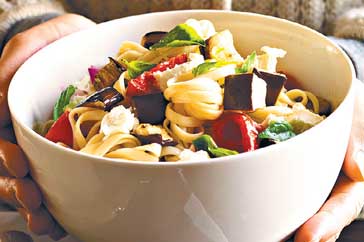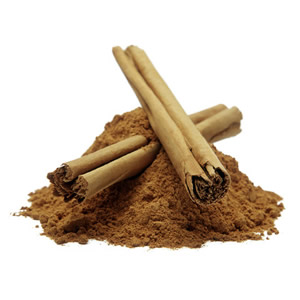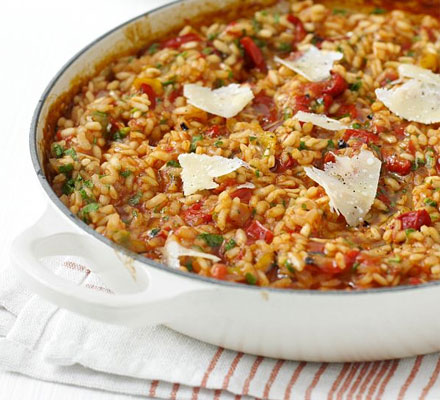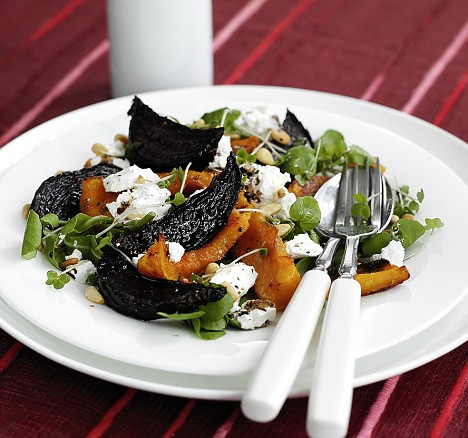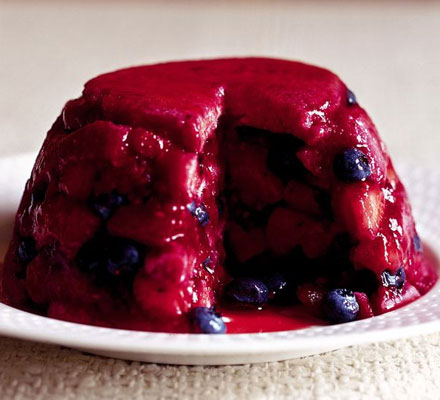
Image: bbcgoodfood
Summer pudding is traditionally made with berries – small, fleshy fruits full of tasty juice, such as raspberries, redcurrants, blackcurrants and loganberries. The juice is an important part of this dessert, which is why strawberries generally don’t figure in classic summer pudding recipes, even though they are in season at just the right time. Their juice content just isn’t high enough for a satisfactory result.
The ideal summer pudding should not be too sweet. Some of the berries, such as redcurrants, impart a tartness to the pudding which is balanced by the other ingredients, and the overall sweetness of the pudding is variable, which is why it’s a good idea to taste the fruit before you use it and adjust the sugar content accordingly. Connoisseurs and those with a discerning palate will be able to fine-tune the sweetness of their pudding to an exact degree.
Good-quality white bread is best for summer pudding. Standard sliced white bread doesn’t have the body to maintain the shape of the pudding once it’s released from the mould – it simply turns to an unpleasantly slimy mush. Most wholewheat breads have a little too much body, and their own distinctive taste can easily overpower the delicate flavours of the fruit. The berries – not the bread – are the star of this show. It should have a tight, even texture with no large holes.
This simple seasonal pudding is the perfect summer dessert. You’ll need a 1litre/2 pint pudding basin to make it in.
Ingredients
750g/1lb 14oz mixed summer fruit (such as raspberries, red, white and blackcurrants, loganberries, blackberries, cherries and blueberries)
185g/6½oz caster sugar
1 medium loaf good-quality white bread, slightly stale
2 tbsp cassis or blackcurrant cordial
Method
Place the fruit in a pan. Remove the stems from the redcurrants (if using) with a fork, pour the sugar over the fruit and stir gently to mix together.
If you have time, cover the pan with a tea towel or cling film and leave for 3-5 hours (or overnight) to get the juices running. Place the pan over a moderate heat and bring gently up to the boil.
While the fruit is simmering, cut the bread into thin slices and remove the crusts.
When the juices are beginning to flow, raise the heat slightly and simmer for about 2-3 minutes. Then turn off the heat and stir in the cassis or blackcurrant cordial.
Cut a round out of one slice of bread to fit the bottom of the bowl, then cut the remaining slices into triangular wedges.
Dip one side of the bread circle into the juices in the pan containing the fruit, then place the circle in the bottom of the pudding basin, juice-side down. Do the same with the bread triangles, dipping one side of the bread into the juices before placing them around the edge of the bowl, with the dipped side facing outwards. The tips of the bread triangles will be sticking up from the top of the bowl at this stage.
Once the bowl is completely lined with the juice-soaked bread (be sure to plug any gaps with small pieces of bread if necessary), spoon all of the fruit and its juices into the pudding basin. Trim the tips of bread from around the edge. Cover the top of the fruit with more wedges of bread. Place the pudding basin on a plate to collect any juices.
Find a saucer that fits neatly inside the bowl. Place it on top to cover the upper layer of bread, then weigh the saucer down with weights – bags of rice, tins of baked beans, or whatever comes to hand. Let it cool, then place in the fridge overnight.
The next day, remove the weights and the saucer. Run a thin blade around the edges, then invert the basin onto a shallow serving plate.
Turn the pudding out, cut into thick slices and serve the summer pudding with cream.
For a step-by-step guiding on making this pudding, click here
Adapted from BBC h2g2
